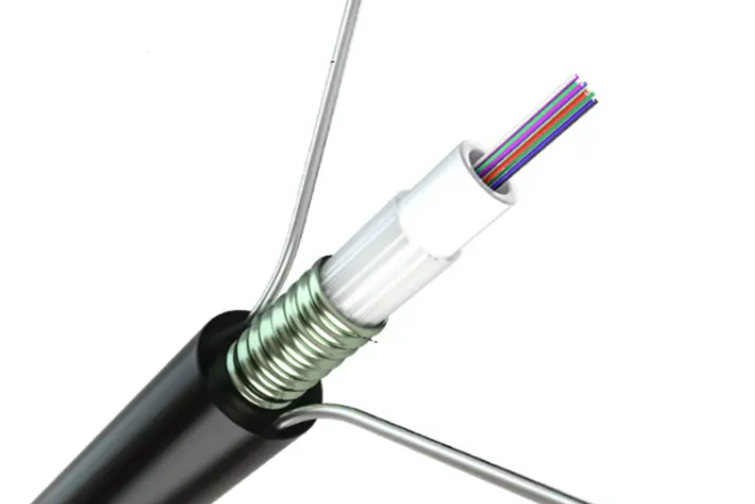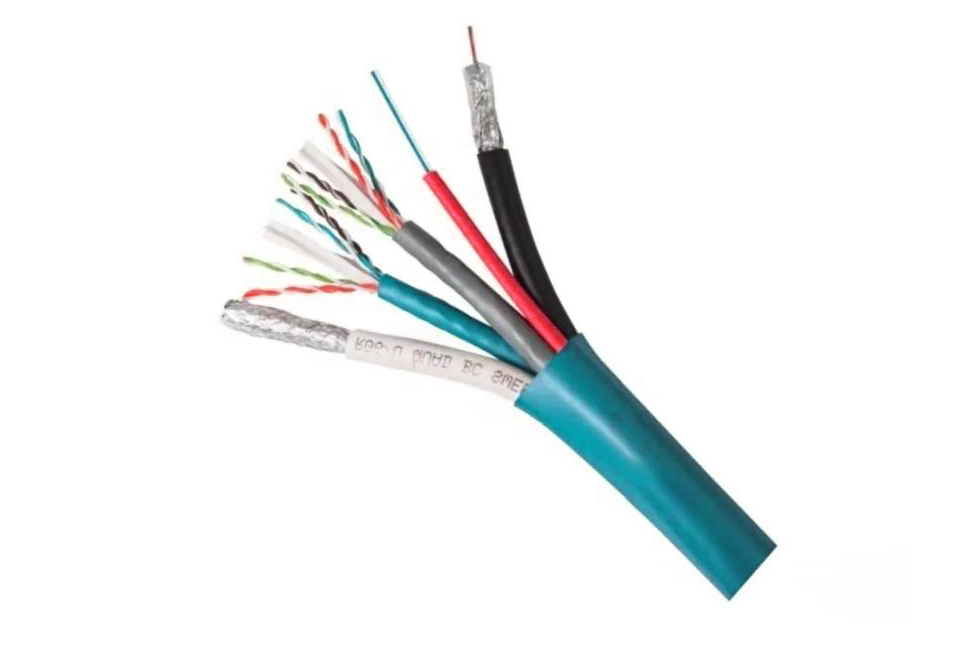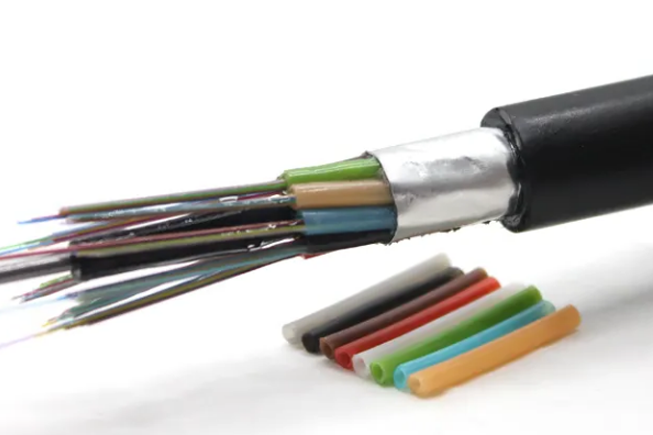
Optical Hybrid Cables: A Comprehensive Guide
As the demand for high-speed data transmission and reliable power delivery continues to escalate, the need for innovative cabling solutions has become paramount. Optical hybrid cables stand at the forefront of this evolution, offering a unified approach that combines optical fibers with electrical conductors within a single cable assembly. This amalgamation addresses the growing complexities of modern networks by providing simultaneous data and power transmission, thereby reducing installation complexities and enhancing system efficiency.
This guide provides an in-depth exploration of optical hybrid cables, detailing their construction, technical standards, and the myriad advantages they offer. Whether deployed in urban infrastructure, industrial settings, or cutting-edge telecommunications networks, optical hybrid cables represent a strategic solution for meeting contemporary connectivity challenges.
What is a Hybrid Cable?
A hybrid cable integrates multiple types of transmission mediums within a single sheath, typically combining optical fibers with electrical conductors. This amalgamation allows for the simultaneous transmission of data, power, and other signals, streamlining infrastructure and reducing the need for separate cables. The structure of a hybrid cable is meticulously designed to ensure optimal performance of each transmission medium, often featuring distinct compartments or layers to prevent interference and maintain signal integrity.

Optical hybrid cables must adhere to stringent technical specifications and industry standards to ensure interoperability and reliability. Key specifications include:
- Bandwidth Capacity: Determines the amount of data that can be transmitted, crucial for high-speed applications.
- Fiber Type: Single-mode or multimode fibers are selected based on distance and bandwidth requirements.
- Power Transmission Capacity: Defines the maximum power that can be safely conveyed alongside data.
- Shielding and Insulation: Protects against electromagnetic interference and environmental factors.
- Compliance Standards: Adherence to standards such as ISO/IEC, TIA/EIA, and IEEE ensures global compatibility and safety.
Advantages of Hybrid Cables
Comprehensive Transmission Capability
Hybrid cables consolidate multiple transmission mediums, enabling the simultaneous delivery of data, power, and control signals. This integration enhances the efficiency of network infrastructures, particularly in environments where space and resources are limited.
Support for PoE (Power over Ethernet)
By incorporating electrical conductors, hybrid cables facilitate Power over Ethernet (PoE), allowing devices such as IP cameras, wireless access points, and VoIP phones to receive power alongside data transmission. This capability simplifies installations, reduces cabling complexity, and lowers overall infrastructure costs.
Mechanical Performance and Environmental Adaptability
Designed for robustness, hybrid cables exhibit high mechanical strength and durability. They are engineered to withstand harsh environmental conditions, including extreme temperatures, moisture, and physical stresses. This adaptability makes them suitable for diverse applications, from outdoor installations to industrial settings.
Easy Installation and Low Maintenance Cost
The integrated design of hybrid cables minimizes the number of separate cables required, simplifying the installation process. Fewer connections and cable runs translate to reduced installation time and lower labor costs. Additionally, the consolidated infrastructure eases maintenance efforts, lowering long-term operational expenses.
Read more: Technical Advantages of High-Performance Optical Hybrid Cables
Composite Cable vs. Hybrid Cable
Transmission Medium Comparison
While both composite and hybrid cables combine multiple transmission mediums, their compositions differ significantly. Composite cables typically integrate similar types of conductors, such as multiple fiber strands, within a single sheath. In contrast, hybrid cables amalgamate distinct mediums, such as optical fibers and electrical conductors, to support diverse transmission needs simultaneously.
Application Scenarios Analysis
Hybrid cables are primarily employed in scenarios requiring integrated data and power transmission, such as IP surveillance systems and VoIP deployments. Composite cables, however, are more suited to applications needing high fiber density without the necessity of power transmission, like large data centers.
Performance and Cost Comparison
Hybrid cables offer superior performance in integrated transmission environments due to their ability to handle both data and power. While they may command a higher initial investment compared to composite cables, the reduced need for multiple cable types and simplified installations can result in overall cost savings.
Applications of Hybrid Cable
Telecom Networks
Hybrid cables are integral to modern telecom infrastructures, supporting high-speed data transmission alongside power delivery for network devices. Their versatility ensures robust and scalable network setups, accommodating the growing demands of communication services.
5G Networks
With the advent of 5G technology, hybrid cables provide the necessary support for dense network deployments. They facilitate the transmission of high-frequency data signals while powering small cell installations, essential for achieving the extensive coverage and low latency promised by 5G.
Surveillance Systems
Hybrid cables enable the deployment of comprehensive surveillance networks by delivering both data for video feeds and power for cameras through a single conduit. This integration simplifies installation and enhances the reliability of security systems.
Industrial Automation
In industrial settings, hybrid cables support automated machinery and control systems by transmitting data and power efficiently. This ensures synchronized operations and minimizes the complexity of cabling, leading to improved productivity and ease of maintenance.
Renewable Energy
Hybrid cables are increasingly utilized in renewable energy installations, such as solar farms and wind turbines. They facilitate the transmission of power generated by renewable sources while enabling data communication for monitoring and control systems, ensuring seamless integration into the energy grid.
Installation and Maintenance
Installation Steps
- Planning and Assessment: Evaluate the site requirements, including transmission needs, environmental conditions, and regulatory compliance.
- Cable Selection: Choose the appropriate hybrid cable type based on bandwidth, power requirements, and environmental factors.
- Routing and Placement: Design the cable pathway, considering factors such as distance, potential interference sources, and accessibility for maintenance.
- Termination and Connection: Properly terminate the cable ends using suitable connectors and ensure secure connections to network and power devices.
- Testing and Validation: Conduct thorough testing to verify the integrity of data transmission and power delivery, ensuring compliance with performance standards.
Advanced Maintenance Strategies
Implementing proactive maintenance strategies enhances the longevity and reliability of hybrid cables. Regular inspections for physical damage, performance monitoring through diagnostic tools, and timely updates to network configurations are essential practices. Additionally, employing redundancy and failover mechanisms can mitigate the impact of potential cable failures, ensuring continuous operation.
Common Issues and Solutions
- Signal Interference: Utilize proper shielding and adhere to installation best practices to minimize electromagnetic interference.
- Physical Damage: Protect cables from environmental hazards and mechanical stresses through appropriate routing and protective coverings.
- Connection Failures: Ensure secure and properly terminated connections to prevent data loss and power disruptions.
- Overheating: Monitor power transmission levels and maintain adequate cooling mechanisms to prevent overheating of electrical conductors.
Conclusion
Optical hybrid cables represent a versatile and efficient solution for modern transmission needs, integrating data and power delivery within a single infrastructure. Their advantages in terms of comprehensive transmission capability, support for PoE, mechanical performance, and cost-effectiveness make them indispensable in various applications, from urban infrastructure to industrial automation. As technology continues to advance, hybrid cables will play a crucial role in supporting the evolving demands of connectivity and power distribution.
Stanford Optics develops high-quality fiber optic hybrid cables to meet the diverse needs of modern industries. Our GDTA access network fiber optic hybrid cables feature a dual-layer precision steel armor design, effectively resisting mechanical stress and physical damage. This design enhances the cable's tensile and compressive strength, ensuring stable long-distance transmission, especially suitable for complex environments.
Frequently Asked Questions (FAQ)
1. What differentiates hybrid cables from traditional optical or electrical cables?
Hybrid cables combine both optical fibers and electrical conductors within a single sheath, allowing simultaneous data and power transmission. Traditional cables typically handle either data or power exclusively.
2. Are hybrid cables suitable for outdoor installations?
Yes, hybrid cables designed for outdoor use feature robust shielding and insulation to withstand environmental factors such as moisture, temperature variations, and physical stresses.
3. Can hybrid cables support high-speed data transmission?
Absolutely. Hybrid cables are engineered to support high-bandwidth applications, making them suitable for modern high-speed data networks, including 5G and large-scale telecom infrastructures.
4. What maintenance practices are recommended for hybrid cables?
Regular inspections, performance monitoring, and timely repairs are essential. Implementing proactive maintenance strategies and using diagnostic tools can help identify and resolve issues before they lead to significant disruptions.
5. How do hybrid cables contribute to cost savings in network installations?
By consolidating multiple transmission mediums into a single cable, hybrid cables reduce the number of cables required, simplify installation processes, and lower both initial and ongoing maintenance costs.




